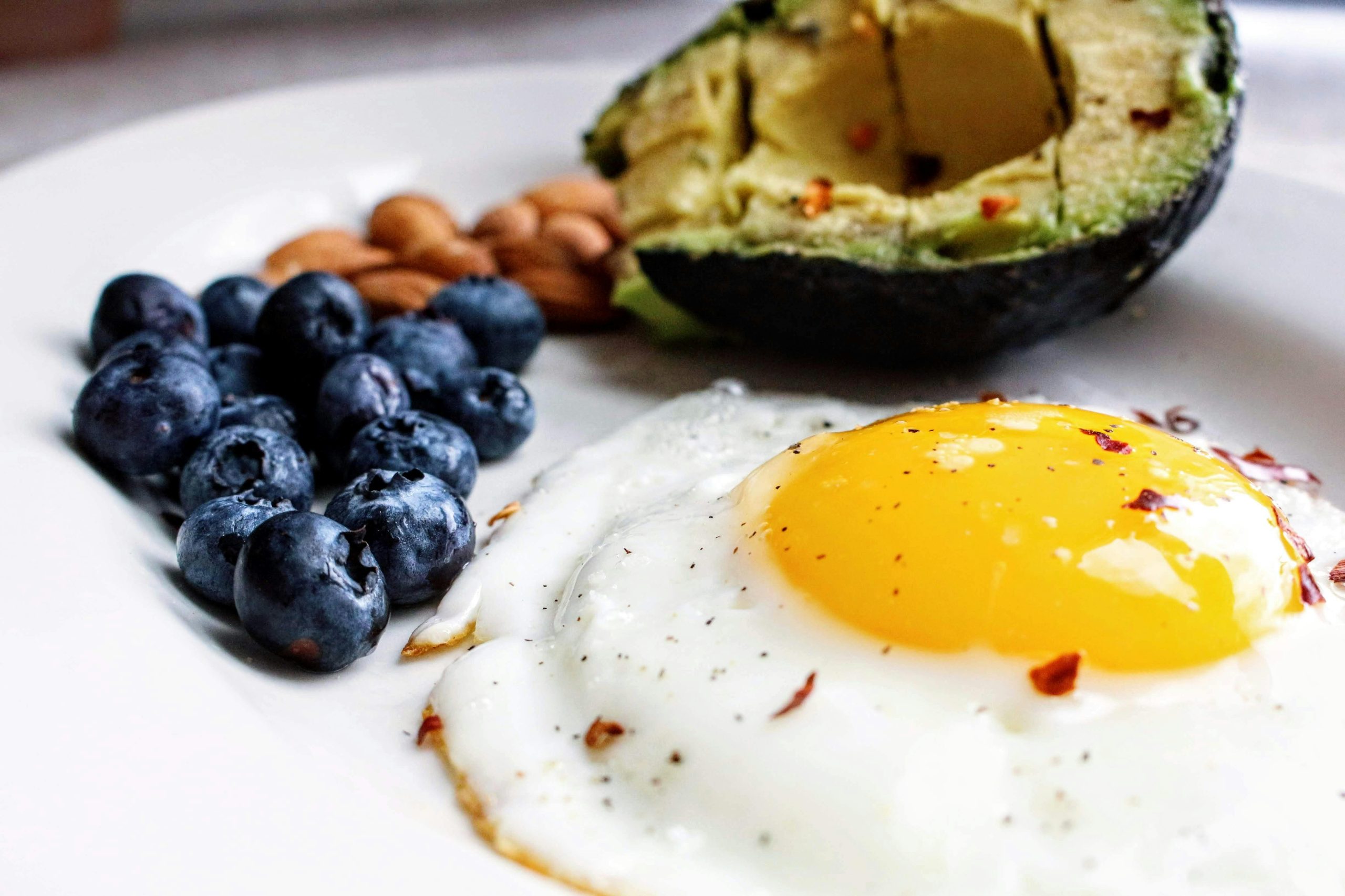Eating a balanced diet is the foundation of good health, but with so much conflicting nutrition advice out there, it can be hard to know what a “balanced plate” really looks like. Whether you’re looking to fuel your workouts, maintain a healthy weight, or simply feel your best, understanding how to balance protein, carbohydrates, and fats is key. This guide will break down the essentials of building a perfect plate, making healthy eating simple and sustainable.
Why Macronutrient Balance Matters
Macronutrients—protein, carbohydrates, and fats—are the building blocks of your diet. Each plays a unique role in keeping your body functioning optimally. Protein supports muscle repair and immune function, carbohydrates provide quick energy, and fats are essential for hormone production and nutrient absorption. Striking the right balance ensures you get the energy you need without overloading on any single nutrient.
An imbalanced plate can lead to energy crashes, cravings, or even long-term health issues. Too many refined carbs may spike blood sugar, while too little protein can leave you feeling weak. By mastering portion control and nutrient variety, you can create meals that keep you satisfied and energized.
The Ideal Plate Ratio
While individual needs vary based on activity level and goals, a general guideline for a balanced plate is:
- Protein: 25-30% of your plate
- Carbohydrates: 40-50% (mostly complex carbs)
- Fats: 20-30% (focus on healthy fats)
This ratio ensures steady energy levels, muscle maintenance, and proper nutrient absorption. Let’s break down each component.
Choosing the Right Protein
Protein is crucial for repairing tissues and maintaining muscle mass. Opt for lean, high-quality sources such as:
- Chicken, turkey, or lean beef
- Fish like salmon, tuna, or cod
- Plant-based options like lentils, tofu, or chickpeas
Aim for a palm-sized portion (about 20-30g per meal) to meet your needs without overdoing it.
Smart Carbohydrate Choices
Not all carbs are created equal. Focus on complex carbohydrates, which digest slowly and provide lasting energy:
- Whole grains (quinoa, brown rice, oats)
- Starchy vegetables (sweet potatoes, squash)
- Fiber-rich fruits (berries, apples, bananas)
Limit refined carbs like white bread and sugary snacks, which can cause energy crashes.
Incorporating Healthy Fats
Fats are essential for brain health and hormone balance. Prioritize unsaturated fats from sources like:
- Avocados, nuts, and seeds
- Olive oil and coconut oil
- Fatty fish (salmon, mackerel)
Avoid trans fats and limit saturated fats from processed foods.
Putting It All Together: Sample Balanced Meals
Now that you know the basics, here are some easy meal ideas that balance all three macronutrients:
Breakfast
- Scrambled eggs (protein) with spinach and whole-grain toast (carbs), topped with avocado (fats)
- Greek yogurt (protein) with berries (carbs) and a sprinkle of almonds (fats)
Lunch
- Grilled chicken (protein) over quinoa (carbs) with roasted veggies and a drizzle of olive oil (fats)
- Lentil soup (protein + carbs) with a side of whole-grain bread and a small handful of walnuts (fats)
Dinner
- Baked salmon (protein + fats) with sweet potato mash (carbs) and steamed broccoli
- Tofu stir-fry (protein) with brown rice (carbs) and sesame oil (fats)
Adjusting for Your Goals
Your ideal macronutrient balance may shift depending on your lifestyle and objectives:
- Weight loss: Slightly increase protein and fiber to stay full longer.
- Muscle gain: Boost protein intake and ensure enough healthy carbs for energy.
- Endurance training: Prioritize complex carbs to sustain long workouts.
Listen to your body and adjust portions as needed. A food-tracking app can help you fine-tune your ratios.
Conclusion
Building a balanced plate doesn’t have to be complicated. By focusing on quality protein, smart carbohydrates, and healthy fats in the right proportions, you can create meals that nourish your body and keep you energized throughout the day. Start with the general guidelines, experiment with different foods, and adjust based on how you feel. With practice, you’ll master the art of the perfect plate—no fad diets or extreme restrictions required.
